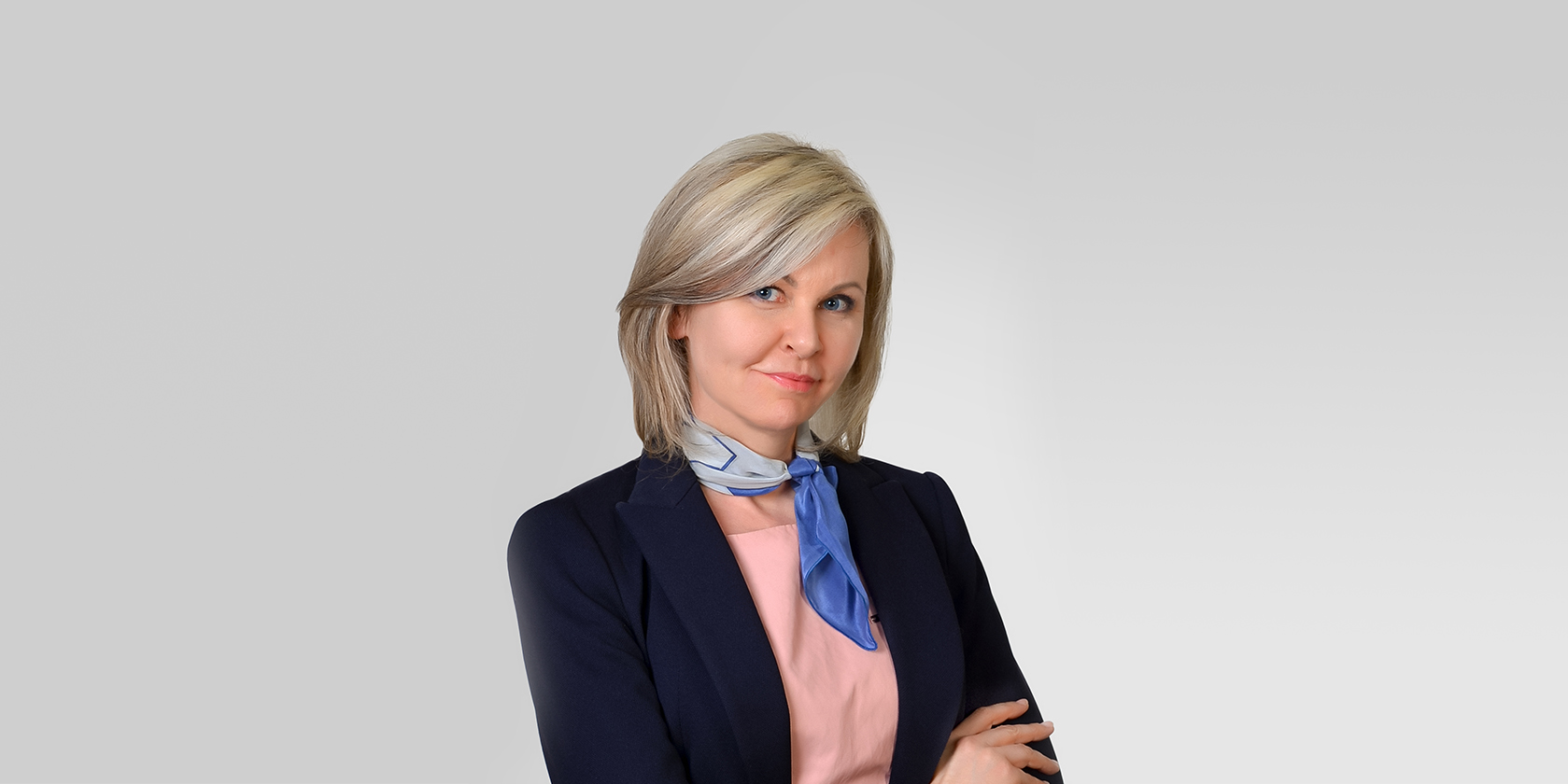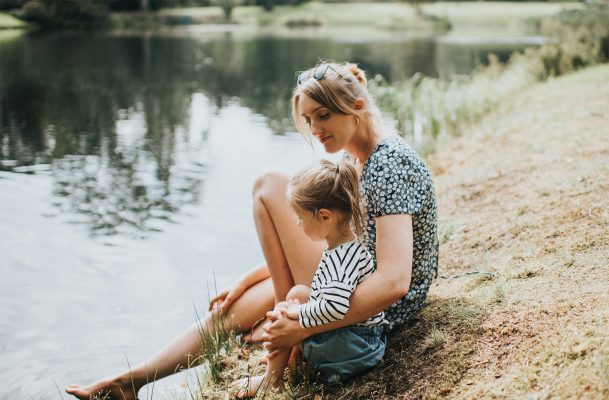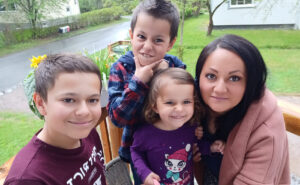
„Jeśli dziecko już od najmłodszych lat wspomina o problemie odstających uszu, warto rozważyć operację” – mówi dr Magdalena Czwartek
Klaudia Kierzkowska: Operacja uszu u dziecka to trudna do podjęcia decyzja dla rodziców. Kiedy na taką operację powinniśmy się zdecydować? Jakie są wskazania medyczne?
Magdalena Czwartek: Zabieg plastyki odstających uszu jest głównie zabiegiem estetycznym. Oczywiście, gdy mamy do czynienia z deformacjami uszu typu ucho zapaśnika, zwinięcie małżowiny usznej, anocja lub mikrocja, zabieg powinien zostać przeprowadzony, aby uzyskać prawidłowy wygląd uszu. Odstawanie uszu od głowy jest konsekwencją braku tzw. grobelki. To wada – defekt genetyczny. Jednak w każdym przypadku decyzja o poddaniu się zabiegowi korekty uszu jest ściśle uzależniona od woli małego pacjenta i jego motywacji do zmiany swojego wyglądu. Ze względów rozwojowych i społecznych za najlepszy czas na poddanie się takiemu zabiegowi przyjmuje się okres po 6. roku życia.
Dobrze rozumiem, że u dzieci poniżej 6. roku życia operacja uszu nie jest zalecana?
Tak, wcześniej nie powinno się jej wykonywać. Zabieg można przeprowadzić po zakończeniu wzrostu uszu, który ma miejsce około 6.-7. roku życia. W tym wieku rozwój małżowiny zostaje zakończony i bez obaw dziecko może poddać się korekcie uszu.
Tradycyjna operacja jest jedynym rozwiązaniem?
Dokładnie tak.
Jedyną metodą, by pozbyć się odstających uszu, niezależnie czy u dziecka, czy osoby dorosłej, jest wymodelowanie chrząstki, wytworzenie brakującej grobelki. Po operacji ucho przylega do głowy.
Oczywiście w naszej Klinice Derm Estetyka dostępne są różne techniki operacyjne, ale każda z nich związana jest z interwencją chirurgiczną.
Może pani pokrótce powiedzieć, jak przebiega operacja uszu u dziecka?
Jeśli zabieg jest przeprowadzany w znieczuleniu miejscowym, a tak się dzieje w 99 proc. przypadków, chirurg plastyczny rozpoczyna od wstrzyknięcia znieczulenia w małżowinę uszną. Najczęściej używanym środkiem jest lignokaina z dodatkiem adrenaliny, która działa obkurczająco na naczynia krwionośne. Ból związany z podaniem znieczulenia przypomina podanie zastrzyku. Po podaniu znieczulenia młody pacjent nie odczuwa już żadnego bólu. Przez cały czas trwania operacji dzieci są świadome i pozostają w stałym kontakcie z zespołem operacyjnym. Chirurg plastyczny nacina skórę za uchem i przystępuje do modelowania chrząstki, tak aby wytworzyć tzw. grobelkę.
Przystępując do zabiegu, należy wykonać szereg badań diagnostycznych, pozwalających ustalić stan zdrowia pacjenta i wykluczyć ewentualne przeciwwskazania do wykonania zabiegu. Do podstawowych i zawsze wymaganych od pacjentów należą np. morfologia, INR, APTT, Ag-HBS, oraz Anty-HCV. W trakcie przygotowań dziecko powinno zaopatrzyć się w specjalną opaskę na uszy. Kluczową rolę odgrywa jej szerokość – opaska powinna przykrywać całą małżowinę.
Istnieją jakieś przeciwwskazania do przeprowadzenia operacji?
Oczywiście, tak jak w przypadku każdego zabiegu i operacji – jest ich wiele. Do głównych przeciwwskazań medycznych zaliczamy uczulenie na środki miejscowo znieczulające, przyjmowanie środków przeciwkrzepliwych, zaburzenia krzepnięcia krwi, wszczepiony stymulator lub kardiowerter/defibrylator, zwane potocznie „rozrusznikiem” serca, skłonność do blizn przerostowych.
Każda operacja obarczona jest pewnym ryzykiem. Jakie negatywne konsekwencje i powikłania może nieść za sobą operacja uszu u dziecka?
Po korekcji uszu mogą wystąpić pewne następstwa, które są zjawiskami normalnymi i nie są uznawane za powikłania. Dzieci czy ich rodziców może zaniepokoić asymetria, ale pamiętajmy, że pewna asymetria twarzy występuje u większości pacjentów. Różnice w wyglądzie uszu, ich kształcie, symetrii mogą występować także po operacji.
Może pojawić się przedłużony obrzęk, który u niektórych pacjentów utrzymuje się nawet powyżej 6 miesięcy. Skóra w operowanej okolicy może wydawać się jaśniejsza lub ciemniejsza niż otaczająca skóra.
Nie zapominajmy o przewlekłym bólu, który na szczęście jest bardzo rzadkim powikłaniem po operacji odstających małżowin usznych. Ból związany z pooperacyjną blizną złagodzą podstawowe leki przeciwbólowe dla dzieci.
U niektórych pacjentów mogą pojawić się zaburzenia czucia skóry – pewne przejściowe zaburzenia czucia po operacji uszu w postaci osłabienia lub utraty czucia są częste zaraz po operacji i są zjawiskiem normalnym. Po kilku miesiącach większość pacjentów odzyskuje prawidłowe czucie. Niestety zaburzenia mogą pozostać do końca życia, choć zdarza się to niezmiernie rzadko. Ostatnim następstwem jest nierówność skóry, dodatkowe zmarszczki lub zagłębienia na skórze i chrząstce.
Do jakich zaleceń powinny stosować się dzieci po korekcie uszu? O czym ich rodzice muszą pamiętać?
Takich zaleceń jest całe mnóstwo.
Po zabiegu dziecko powinno przyjmować środki przeciwbólowe na bazie paracetamolu lub ibuprofenu. Leki należy zażywać w miarę potrzeb, nie przekraczając zalecanych dziennych dawek.
Przez pierwsze trzy noce dobrze, by dziecko spało na kilku poduszkach, tak by głowa znajdowała się zawsze w pozycji powyżej serca. Takie postępowanie pozwala zmniejszyć obrzęk. Zdaję sobie sprawę, że dopilnowanie pozycji w nocy u dziecka często jest ogromnym wyzwaniem.
W pierwszych dniach po operacji warto unikać pokarmów, których spożycie wymaga długiego i intensywnego żucia. Inne ograniczenia w diecie nie są wymagane.
Twarz dziecko powinno myć w taki sposób, aby nie naruszyć i nie zamoczyć opatrunku. Codzienną higienę warto organizować z wykorzystaniem prysznica, ale tak, by nie zamoczyć skóry głowy. Niestety mycie włosów przez okres pierwszego tygodnia po zabiegu również nie jest wskazane. Woda mogłaby zakazić rany.

Polecamy
Wychowanie przez wyśmiewanie. O słowach, które robią krzywdę dzieciom, opowiada Anna Jankowska
- Z jednej strony oczekujemy, że dziecko będzie umiało sobie samo poradzić, a z drugiej czasem nie zauważamy, że uprawiamy wychowanie przez wyśmiewanie. Szydzimy, a kiedy dziecko protestuje, mówimy, że nie rozumie sarkazmu. Bronimy samych siebie, bo przecież nie chcemy specjalnie sprawiać przykrości dziecku, choć tak to się kończy – mówi Anna Jankowska, pedagożka, nauczycielka, autorka bloga NieTylkoDlaMam.pl.
Zalecam przez pierwsze tygodnie noszenie odzieży, którą można zapiąć od przodu. Noszone ubrania nie powinny być wkładane przez głowę, aby nie „naderwać” operowanej małżowiny.
Po usunięciu opatrunku uszy dziecka mogą być opuchnięte, a nawet zasinione. Pamiętajmy, że jest to normalne zjawisko i nie powinno wzbudzać niepokoju. Objawy ustępują po okresie 2-3 tygodni od przeprowadzonego zabiegu. W niektórych przypadkach obrzęk może jednak występować nawet 6 miesięcy od daty zabiegu. Na skórę stosuje się szwy nierozpuszczalne, które zostają usunięte po 7-14 dniach.
Pacjent po zabiegu powinien nosić opaskę. W pierwszych 4 tygodniach po zabiegu przez całą dobę. Przez kolejne dwa tygodnie tylko na noc. Noszenie opaski ma za zadanie zabezpieczyć uszy przed ewentualnym urazem.
Przez okres co najmniej miesiąca dziecko powinno też unikać intensywnych ćwiczeń fizycznych, a w szczególności pływania, zaś przez 6 tygodni po zabiegu należy unikać słońca – wysoka temperatura może zwiększać obrzęk uszu. Przez pierwsze 4 tygodnie po zabiegu nie powinno nosić się okularów korekcyjnych ani przeciwsłonecznych.
Zastanawiam się, czy taką operację lepiej przeprowadzić małemu dziecku, czy poczekać i pozwolić bardziej dojrzałemu dziecku samemu zdecydować?
Decyzja o zabiegu jest kwestią indywidualną i zależy od motywacji dziecka. Jeśli już od najmłodszych lat wspomina o problemie odstających uszu, warto rozważyć operację nawet po osiągnięciu wieku 7 lat. Najważniejsza jest gotowość emocjonalna dziecka. Zabieg można wykonać w znieczuleniu miejscowym. Jednak dziecko musi wytrzymać nieruchomo na fotelu zabiegowym około 1,5 godziny, co dla niektórych jest nie lada wyzwaniem. Oczywiście zabieg można przeprowadzić również w znieczuleniu ogólnym.
Niekiedy jest chyba tak, że odstające uszy są problemem dla rodziców, a dziecku wcale nie przeszkadzają…
Oczywiście zdarza się, że uwagę na odstające uszy u dziecka zwracają tylko rodzice, a ono nie dostrzega żadnego problemu. Jednak zawsze, niezależnie od tego, co sądzą rodzice i niezależnie od tego, jakich zmian chcieliby dokonać w wyglądzie swojego dziecka, nie powinno się nikogo do zabiegu zmuszać.
Zawsze należy kierować się potrzebami dziecka. Być może samo za kilka lat samo zdecyduje się na poprawę wyglądu, który w chwili obecnej mu nie przeszkadza.
Czy odstające uszy mogą zmniejszać poczucie własnej wartości?
Wiele dzieci, które decydują się na zabieg w naszej klinice, wspomina, że był on ich marzeniem już od najmłodszych lat. Nie lubią swoich uszu, od kiedy pamiętają są ich największym kompleksem. Skoro ktoś czegoś nie akceptuje, nie lubi w sobie, to ta rzecz, niedoskonałość, na pewno w mniejszym lub większym stopniu odbija się na poczuciu własnej wartości. Niektóre dzieci po korekcie odstających uszu są szczęśliwsze i odzyskują pewność siebie. Stają się bardziej otwarte, pewniejsze, odważniejsze. Nie chowają za plecami rodzica.
Odstające uszy mogą odbijać się negatywnie na relacjach z rówieśnikami? Mam na myśli wyśmiewanie, wyzwiska.
Wiadomo, dzieci potrafią być bezpośrednie i szczere aż do bólu. Na pewno zdarzają się takie sytuacje, choć rodzice dziecka rzadko o nich wspominają. Oczywiście wygląd nie powinien być powodem do wyzwisk i wyśmiewania, ale życie nie jest sprawiedliwe.
Zastanawiam się, czy rodzice często decydują się na operację uszu u małych dzieci.
U takich 6-, 7-letnich dzieci operacje przeprowadzane są naprawdę sporadycznie. Najczęściej rodzice decydują się wykonać zabieg, kiedy dziecko kończy 12-14 lat. Wtedy też można go przeprowadzić w znieczuleniu miejscowym.









































